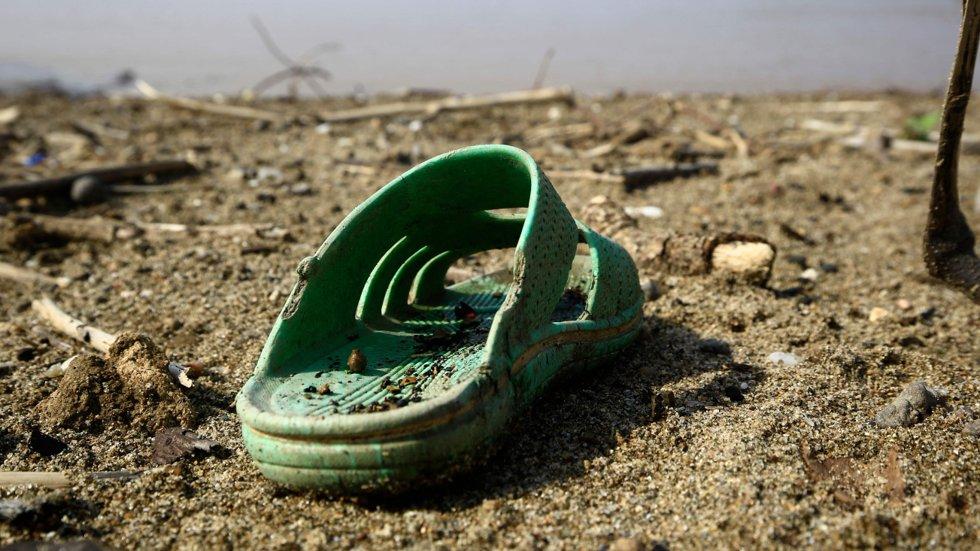A joint Europe-Japan spacecraft has returned the first images of Mercury, the closest planet to the sun.
The European Space Agency said the BepiColombo mission carried out the first of six flights on Mercury at 11:34 GMT Friday, using the planet’s gravity to slow the spacecraft.
After passing Mercury at an altitude of less than 200 kilometers (125 miles), the spacecraft captured a low-resolution black-and-white image with one of its surveillance cameras before taking off again.
Halo Mercury!
This stunning view was taken from Mercury’s northern hemisphere ESA_MTM After about 10 minutes # Mercury Approaching distance of 2420 km. https://t.co/jjGKrsQXDH#Explore Further pic.twitter.com/EMhMJ5tKiN
– Bepi (ESA_Bepi) October 2, 2021
The European Space Agency said the images captured show typical features of the Northern Hemisphere and Mercury, including the 166-kilometre (103-mile) wide Lermontov Crater.
“The flyby was perfect from a spacecraft point of view, and it was amazing to finally see our target planet,” said Elsa Montagnion, director of spacecraft operations for the mission.
A joint mission between the European Space Agency and the Japan Aerospace Exploration Agency launched in 2018, and has flown once over Earth and twice over Venus on its way to the smallest planet in the solar system.
The European Space Agency said the BepiColombo mission will study all aspects of Mercury from its core to surface processes, magnetic fields and exosphere, “to better understand the origin and evolution of a planet close to its host star.”
The mission aims to send two probes into Mercury orbit by the end of 2025.
The spacecraft cannot be sent directly to the planet, because the pull of the Sun is so strong that a massive braking maneuver is required to successfully position the satellite, which would require a lot of fuel for a ship of this size.
The gravity exerted by Earth and Venus – known as gravitational assistance – allows them to slow down “naturally” during their journey.
Five more flights are required before BepiColombo can be slowed down enough to launch JAXA’s Mercury Planetary Orbiter and JAXA’s Mercury Magnetospheric Orbiter.
Farouk El-Baz, a Boston University astronomer, described the successful flight as “an extraordinary moment.”
“This is good because we used Mercury’s gravitational force to place the spacecraft close enough that we could see the image,” he told Al Jazeera.
“We haven’t been there in a long time and only two missions have visited Mercury before, so we were expecting a bit of information. We know there may be residual water, trace amounts in the polar regions, in areas that have never seen the sun. But we’re not sure about that.”
“Hopefully this mission will give us a look at whether there’s so little water in the polar regions, where they never see the sun, where it’s very cold and very cold. But this planet moves around the sun very quickly. It orbits the sun in 88 days. So it’s completely different from other planets. So we need to know what it’s made of, how it evolved, and whether it has a gravitational field or not.”
The mission is named after Italian scientist Giuseppe “Pepe” Colombo, who is credited with helping develop the gravity-assist maneuver first used by NASA’s Mariner 10 when it flew to Mercury in 1974.
–

